 |
 |
 |
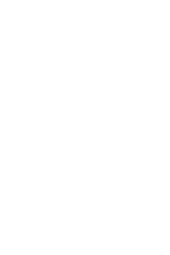
|
Austrian, c. 1850s. Empress Elisabeth of Austria was considered by many to the most beautiful woman in the world in the 19th century. Her long hair and slim figure attracted the attention of many setting the standard for constricted beauty and became an obsession for her. This pair of almost impossibly narrow Adelaides and gloves were given as a gift to Colonel Louis de Schweiger one of her many admirers.
Collection of the Bata Shoe
Photo credit: Image © 2013 Bata Shoe Museum, Toronto, Canada (photo: Ron
Wood)
|
|
 |
FASHION VICTIMS: THE PLEASURES & PERILS OF DRESS IN THE 19TH CENTURY
18/6/2014-1/6/2016
Fashion Victims: The Pleasures & Perils of Dress in the 19th Century
New Exhibition at the Bata Shoe Museum to Explore Dangers of Fashion
Toronto ON (2014) – The Bata Shoe Museum is excited to announce the upcoming opening of its newest exhibition, Fashion Victims: The Pleasures & Perils of Dress in the 19th Century, opened to the public on June 18, 2014.
|

|
Posted 16 May 2015
|
Share this:
|
|
In the 19th century, the beautiful outfits fashioned by seamstresses and shoemakers supplied the privileged with enviable ensembles. Swathed from head to toe in expensive garments and shod in delicate footwear, fashion-forward women graced the boulevards and the ballrooms with their colourful presence—a pleasure to behold for painters, poets, and passersby who saw them. Their tailored male companions cut equally refined figures in their black coats, spotless white linens, lustrous top hats and shiny boots. Yet, presenting an elegant exterior was not without its perils for both the makers and wears of fashion.
|
|
|
|
|
|
Curated by Elizabeth Semmelhack (Senior Curator, Bata Shoe Museum) and Dr. Alison Matthews David (School of Fashion, Ryerson) and building on Dr. Matthews David’s research into the dangers of dress in the 19th century, this exhibition will explore a wide variety of pleasures and perils associated with fashion from head to toe. In addition to highlighting exquisite examples of footwear and clothing from the 19th century, the exhibition will also explore many of the often untold stories related to fashion and its production.
|
|
|
|
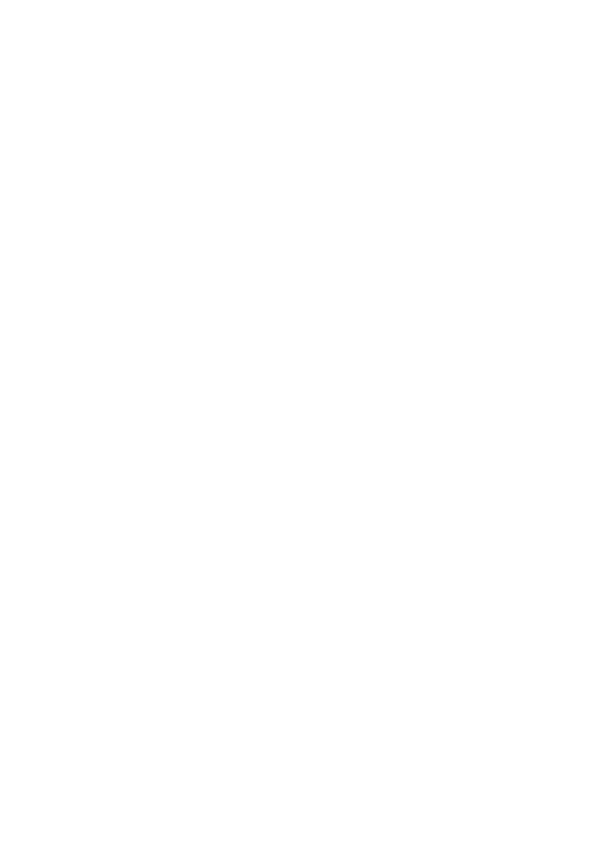
English or French, c. 1860–1865. This dress came with both a low-cut bodice for evening wear and a more buttoned-up bodice for daytime wear. Many Victorian
dresses, including this one, were made with both styles of top and the advantage of “Emerald Green” was that it kept its bright colour in both natural and gas lighting.
Collection of Glennis Murphy.
Photo credit: Image © 2014 Bata Shoe Museum, Toronto, Canada
|
|
|
|

|

|

|

|

|
|
|
French, late 19th century. Highly polished footwear was the obligation of the well-dressed man in the 19th century and the cities of Europe and North America were littered with ragged shoeshine boys who offered a shine for a pittance. This pair of boots is said to have belonged to the Grand Écuyer of Napoleon III in charge of the royal stables who certainly didn’t shine his own boots.
Collection of the Bata Shoe Museum
Photo credit: Image © 2013 Bata Shoe Museum, Toronto, Canada (photo: Ron
Wood)
|
|
|
|
|
French, late 1870s – early 1880s. François Pinet manufactured some of the most exquisite footwear worn by the most elegant during the second half of the 19th century. Much of his footwear was factory?made but he also employed seven hundred embroiderers who labored in less than comfortable conditions creating botanically accurate floral embroidery.
Collection of the Bata Shoe Museum
Photo credit: Image © 2013 Bata Shoe Museum, Toronto, Canada (photo: Ron
Wood)
|
|
|
|
|
French, 1880 – 1885. The high heel was reintroduced into Western fashion in the late 1850s as part of the nostalgia for the 18th century dress that captured fashionable imaginations of the period. Along with this interest in 18th century came the specter of the licentious woman, this pair of boudoir slippers which features many hallmarks of 18th century mules, would have been perfect for this highly charged image of femininity.
Collection of the Bata Shoe Museum
Photo credit: Image © 2013 Bata Shoe Museum, Toronto, Canada (photo: Ron
Wood)
|
|
|
|

|

|

|
“Embedded in each artifact in this exhibition are multiple stories about 19th century fashion. From the challenges faced by those who produced fashionable dress to the risks taken by those who wore it, this exhibition will provide thought provoking insights into what it means to be a fashion victim,” says Elizabeth Semmelhack, Senior Curator, Bata Shoe Museum.
“This unique look at 19th century dress includes important pieces from the Museum’s collection and is a must-see for anyone curious about the history and evolution of this ever?changing industry.”
|
|
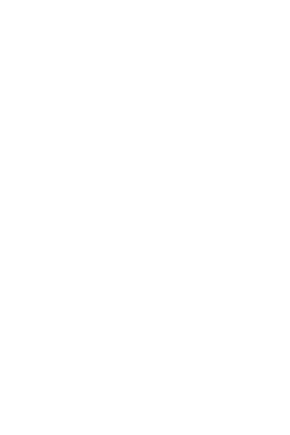
Swiss, c. 1885–1925. The desire for beaver fur hats in European men’s fashions dates back centuries and spurred the development of the 17th century North American fur trade. However, it was not until the 1730s that mercury began to be used in the making of beaver top hats. This hat, which dates to the end of the 19th century, still contains small amounts of mercury.
Collection of the Bata Shoe Museum.
Photo credit: Image © 2014 Bata Shoe Museum, Toronto, Canada (photo: Ron
Wood)
|
|
|
|

|

|

|
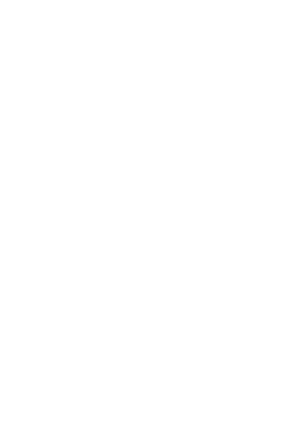
English, early 1860s. In 1856 when William Henry Perkins accidently invented mauve, the first synthetic dye, a new age of colour in fashion was born. Soon vibrant and often gaudy synthetic colours were the toast of fashion but many of these hues also came with risk to wearer. Arsenic and picric acid to name a few were just some of the toxic chemicals used in create coloured clothing. This pair of mauve boots shows the brilliance of the new synthetic colour.
Collection of the Bata Shoe Museum
Photo credit: Image © 2013 Bata Shoe Museum, Toronto, Canada (photo: Ron Wood)
|
|
The exhibition will feature over ninety artifacts from the Bata Shoe Museum’s extensive holdings augmented by loans from private collections. Highlights from the exhibition include dresses that span the century, mauvehued footwear dyed with the first synthetic colour invented in 1856, a shoemaking automaton monkey by famed French automaton maker, Jean-Marie Phalibois, beautiful hand-embroidered boots manufactured by the exclusive Parisian shoemaking firm of Francois Pinet, impossibly narrow Adelaide boots and gloves worn by Empress Elisabeth of Austria and a corset with a sixteen-inch waist from the Cleaver/Suddon collection.
Fashion Victims: The Pleasures & Perils of Dress in the 19th Century will be on view until June 2016.
|
|
|

|

|

|

|

|
|
|
French, 1875. This boot was made by the Parisian shoe manufacturer L.P. Perchellet and was found in an estate in Santiago, Chile, suggesting the reach of mass-produced French footwear. The original shoe box are edged with arsenical tape.
Collection of the Bata Shoe Museum.
Photo credit: Image © 2014 Bata Shoe Museum, Toronto, Canada (photo: Ron
Wood)
|
|
|
|
|
French, late 1840s. The fashion for straights was advantageous to shoemakers. Without the requirement to make shoes with lefts and rights, shoemakers only needed a single last per shoe size.
Collection of the Bata Shoe Museum.
Photo credit: Image © 2014 Bata Shoe Museum, Toronto, Canada (photo: Ron
Wood)
|
|
|
|
|
European, c.1840s. The dark green satin used to make these “Adelaide” boots tested positive for arsenic?based dye. Their deep colour was just one of the many shades of green that could be produced using arsenic.
Collection of the Bata Shoe Museum.
Photo credit: Image © 2014 Bata Shoe Museum, Toronto, Canada (photo: Ron
Wood)
|
|
|
|

|

|

|
The Bata Shoe Museum gratefully acknowledges funding provided by the Government of Ontario
About the Bata Shoe Museum
For every shoe there is a story. With an International collection of over 13,000 shoes and related artefacts, the Bata Shoe Museum celebrates 4,500 years of footwear history in four distinctive rotating galleries. In addition to our popular semi?permanent exhibition, ‘All About Shoes', the Museum has three galleries for changing exhibitions, ensuring that each visit to the museum offers a new experience. Through the creation of its innovative exhibitions, the Museum strives to enlighten and entertain visitors of all ages. Exciting adult and children's programming activities and a unique gift shop complete the experience. A cultural gem in the heart of the city, the Bata Shoe Museum is definitely for the curious!
See the Agenda>
Bata Shoe Museum
327 Bloor Street West
Toronto, Ontario | M5S 1W7
+1 (416) 9797799
www.batashoemuseum.ca
|
|
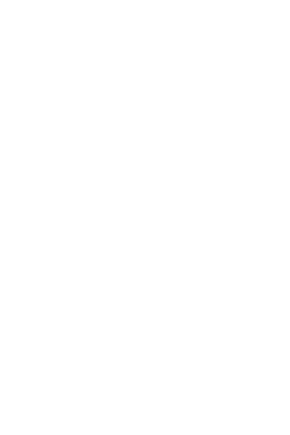
Swedish or German, c. 1890s. This pair of handmade, bespoke button boots reflects the infusion of erotically charged references in women’s dress that emerged at the end of the 19th century. These boots were designed to look like a stockinged leg in a shoe. Although the majority of the calf-hugging shaft and elaborate gold kid appliqué would have been hidden under their wearer’s skirt, any glimpse would have tantalized the onlooker.
Collection of the Bata Shoe Museum.
Photo credit: Image © 2014 Bata Shoe Museum, Toronto, Canada (photo: Ron
Wood)
|
|
|
|
|
|
|
|
|
|


